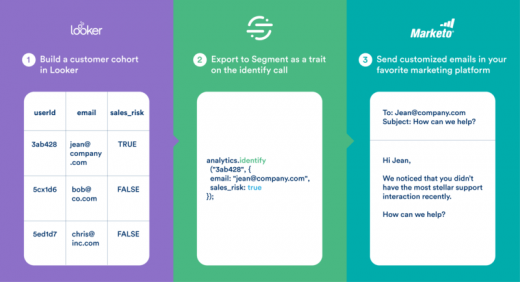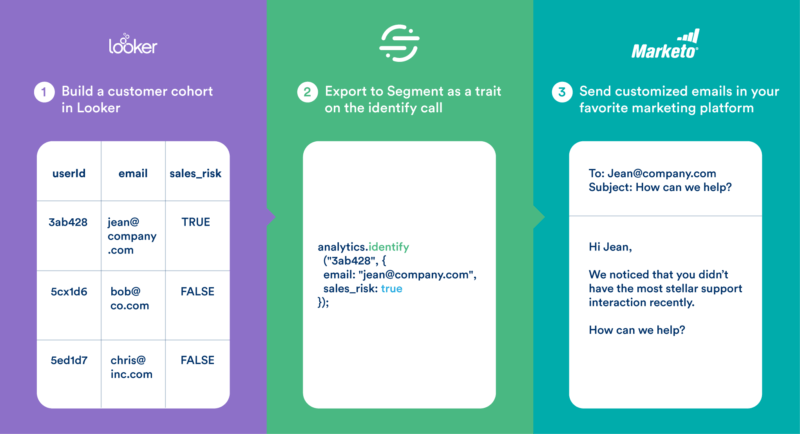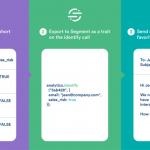Customer data platform Segment adds Looker Source to define audiences from multiple tools
Essentially, says the Segment CEO, the data switchboard is growing “a brain stem.”

A visualization of a nervous system.
Segment, the San Francisco-based customer data platform, is out with a new collaboration that positions it as a kind of virtual marketing automation platform.
Originally, Segment’s purpose in life was to act as a kind of data switchboard. Businesses can pipe data in and out of their various marketing and operational tools via Segment, instead of setting up separate APIs and other interfaces between each one.
This week, Segment and business intelligence provider Looker have announced a new product called Looker Source. It allows a brand to employ user behavior in various tools that connect to the Segment ecosystem, in order to drive actions in the other tools.
Segment CEO and co-founder Peter Reinhardt told me that Looker Source can currently ingest data from about 30 of the 200 or so tools in the ecosystem. The data is then used to create a target group that can be sent to any Segment-connected tool for action. He said his company is developing the interfaces for grabbing data from additional tools.
Data sources for Looker Source include websites via JavaScript, email tools MailChimp and SendGrid, Zendesk’s help desk, payment provider Stripe and Salesforce’s customer relationship management system. Destination tools include AdRoll, Marketo and A/B testing tool Optimizely.
Of course, many marketing tools already have the ability to segment users by attributes and then target them. But they only do this within their frame of reference.
For instance, an email marketing tool can set up a group of users who have signed up for an email list in the last seven days, and who have listed their job during their signup as engineer.
But what that email tool cannot easily do is then further define the group as those users who have also filed a help ticket via Zendesk but have not yet talked to the sales department, which uses Salesforce.
Looker Source can grab data from multiple tools, create the target group, and then deliver that group to a destination tool for, say, a targeted marketing campaign.
Reinhardt says his company is “still a switchboard, but now we have a new type of integration.”
He added that the Segment crew thinks of its ecosystem as a nervous system. Previously, he said, the sources of data for the ecosystem have been its sensory neurons, and the tools that act on that data are the motor neurons.
The addition of Looker Source, he told me, “is the beginning of a brain stem.”
In other words, Looker Source is providing a kind of meta-tool that can define user cohorts by the unique combination of data from multiple vendors in the Segment environment, and then target that cohort in one of the Segment-linked tools.
Essentially, the Segment environment becomes a kind of multi-platform marketing automation system, the kind of environment that marketing tech guru Scott Brinker has dubbed a “virtual platform.”
Marketing Land – Internet Marketing News, Strategies & Tips
(58)









